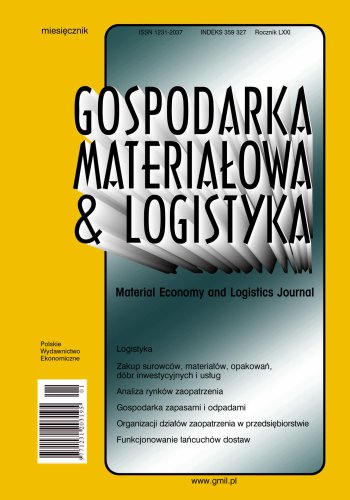Material Economy and Logistics 06/2021
ISSN: 1231-2037
Pages: 44
Publication date: 2021
Place publication: Warszawa
Binding: paperback
Format: A4
Publication date: 2021
Place publication: Warszawa
Binding: paperback
Format: A4
DOI: 10.33226/1231-2037.2021.6.1
JEL: L9, O18, R33
DOI: 10.33226/1231-2037.2021.6.2
JEL: L1, N7
DOI: 10.33226/1231-2037.2021.6.3
JEL: R4
DOI: 10.33226/1231-2037.2021.6.4
JEL: H12, L91, L92, L98
| Odbiór osobisty | 0 € |
| Kurier Inpost | 4 € |
| Kurier FedEX | 4 € |
| Inpost Paczkomaty | 4 € |
| Free delivery in Reader's Club | from 47 € |

